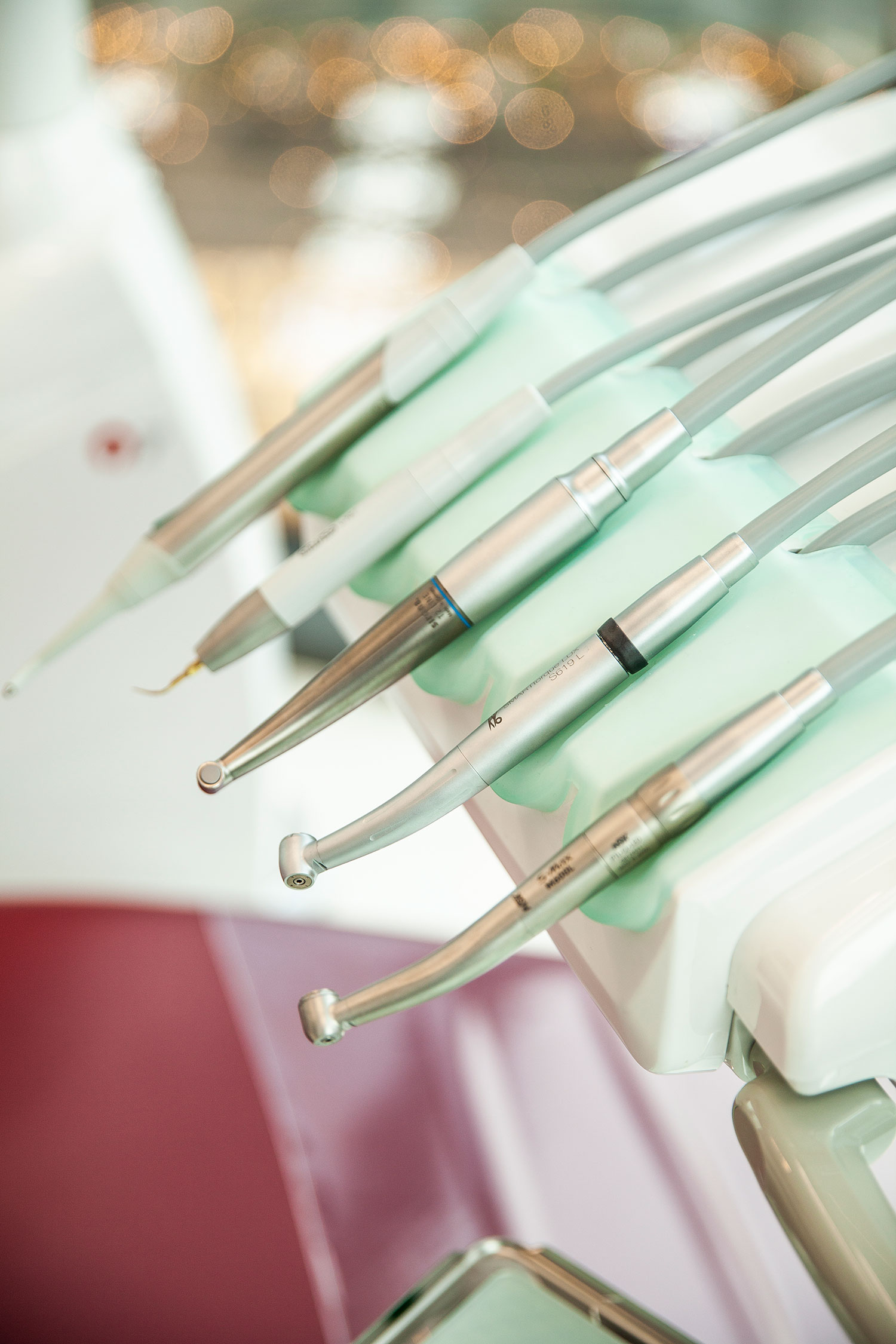
Today, it is the best alternative to replace natural teeth in cases of tooth loss. It is the prosthetic rehabilitation method that gives the best results, especially in cases where the support of the adjacent teeth is not desired or there are no teeth to be supported, especially in bridge requirements.
In addition, in cases of total edentulism, dental implants are the most successful method with no alternative, both for increasing the retention of the total prosthesis and for completely fixed prosthesis applications. Implant treatment can give extraordinarily successful results for the patient and the physician when applied with the correct diagnosis, adequate knowledge, experience, and equipment. Thirty years of statistical information shows that the 5-year success rate of implants is around 95% if properly placed.
Did you know that dental implants are the best treatment method for tooth deficiencies?
Dental implants are a longer-lasting treatment method than removable dentures that are placed on the gums or fixed bridges made using neighboring teeth. Oral maxillofacial surgeons place dental implants into the jawbone. Until today, many dentists used to prefer fixed bridges for single-tooth deficiencies. But this method requires cutting healthy neighboring teeth. Sensitivity and nerve damage can develop because the enamel, the protective layer of the tooth, is damaged during cutting. In time, cavities and gum problems can be encountered in the cut teeth, which have been left under porcelain and therefore cause difficulties in cleaning. In certain periods, the bridge will have issues such as cracking and breaking of the porcelain, and the bridge will need to be removed and replaced. During these periods, various damages may occur to the abutment teeth. Studies show that within five to seven years, up to 30% of teeth adjacent to fixed bridges or removable prostheses are lost. In conclusion, cutting healthy teeth can lead to problems with these teeth over time. Removable prostheses are used in patients with a large number of tooth losses where fixed bridge prostheses cannot be made. However, bone loss may occur due to the pressure of these prostheses on the tissues in edentulous areas. All these problems can be avoided with the placement of dental implants and prosthetic restorations on them.
Bone thickness and height
Oral maxillofacial surgeons perform graft applications to strengthen the jawbone and create space for the implant. In these cases where bone thickness and height are achieved, the bone tissue obtained with implant construction is preserved. The implants form a stable abutment to which your removable prosthesis or fixed prosthesis is firmly locked. This prevents bone loss or movement of the prosthesis in the mouth.
Who gets implants?
Whether you are young, middle-aged, or elderly, missing one tooth, multiple teeth, or all your teeth, there is an implant solution for you. Except for developing children, implants can be applied to people of any age, including patients with the following health conditions.
In general, implant treatment can be applied to every patient who can receive routine dental treatment. Although some precautions are recommended, successful implant applications can be performed even in patients with chronic conditions such as high blood pressure and diabetes.
• Tooth or gum problems: Successful implant applications can be performed in most patients who have lost their teeth due to tooth caries or gum disease.
• Patients with removable or fixed prostheses: Implants can be used to replace removable prostheses or fixed bridges, as well as to stabilize removable prostheses.
• Smoking: Although smoking reduces implant success, it does not completely eliminate implant viability.
Bone loss
Loss of alveolar bone occurs due to tooth extraction, dysfunctional atrophy, gingival and peri-dental tissue diseases, trauma, neoplasms, and cysts. As the volume of alveolar bone decreases, vertical and horizontal bone loss occurs, preventing aesthetic and functional placement of implants. For implant surgery to be possible and successful, these defects must first be restored.
What is the duration of the implant operation?
The operation time can vary from 10 minutes to several hours depending on the number of implants and the patient’s condition. The implant placement procedure is usually performed under local anesthesia. For patients with high levels of fear and anxiety, sedation-assisted local anesthesia or general anesthesia may be preferred. However, general anesthesia is an inevitable method in cases where a high number of implants are made in one session and jaw shaping is required by taking autogenous bone at the same time. With good anesthesia, the patient feels no pain. Postoperative pain is easily controlled with painkillers. The stitches are removed after one week if wound healing is not unfavorable. The implant is expected to fuse with the bone.
After the operation, it takes approximately 2-6 months for the implant and jawbone to fuse (osteointegration). If necessary, a temporary prosthesis can be used during this period. Afterward, implant prostheses are attached with an application lasting several sessions depending on the characteristics of the case. In some cases where appropriate conditions can be met, prostheses can be made without any waiting process.
What are the disadvantages of implant treatment?
• High costs
• The necessity of very careful and time-consuming oral hygiene
What are the advantages of implant treatment?
• Better chewing – Eating anything you want
• Better aesthetic appearance
• A happier social life with restored self-confidence
• Healthier eating due to no restrictions on what can be eaten
Our Specialties
Our customers are our priority, and we offer quality dental services with a team of experts. Learn more about our services.
Vadi İstanbul 2A Ofis Ayazağa Mah. Cendere cad. No:109/1 D:27 Sariyer

